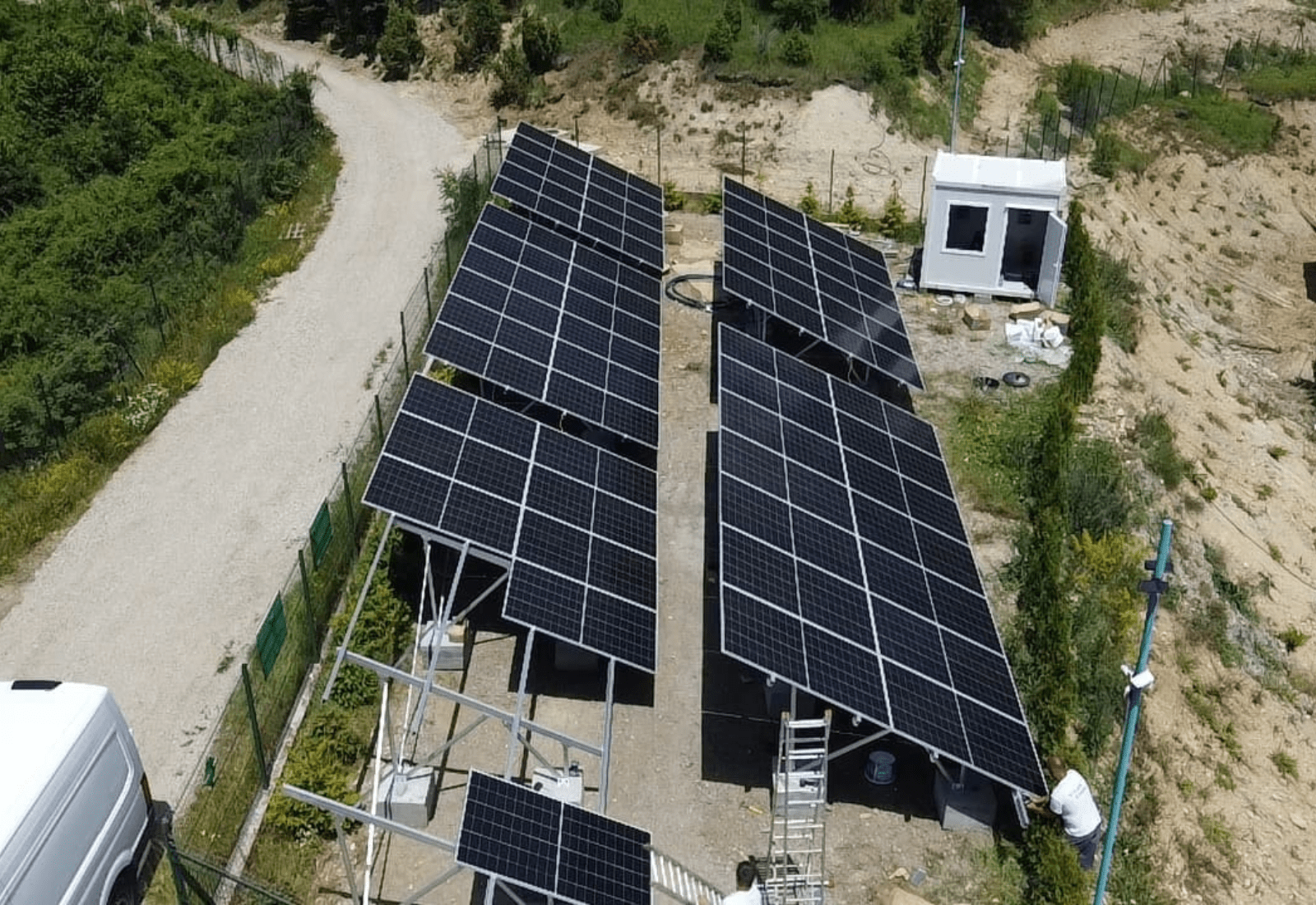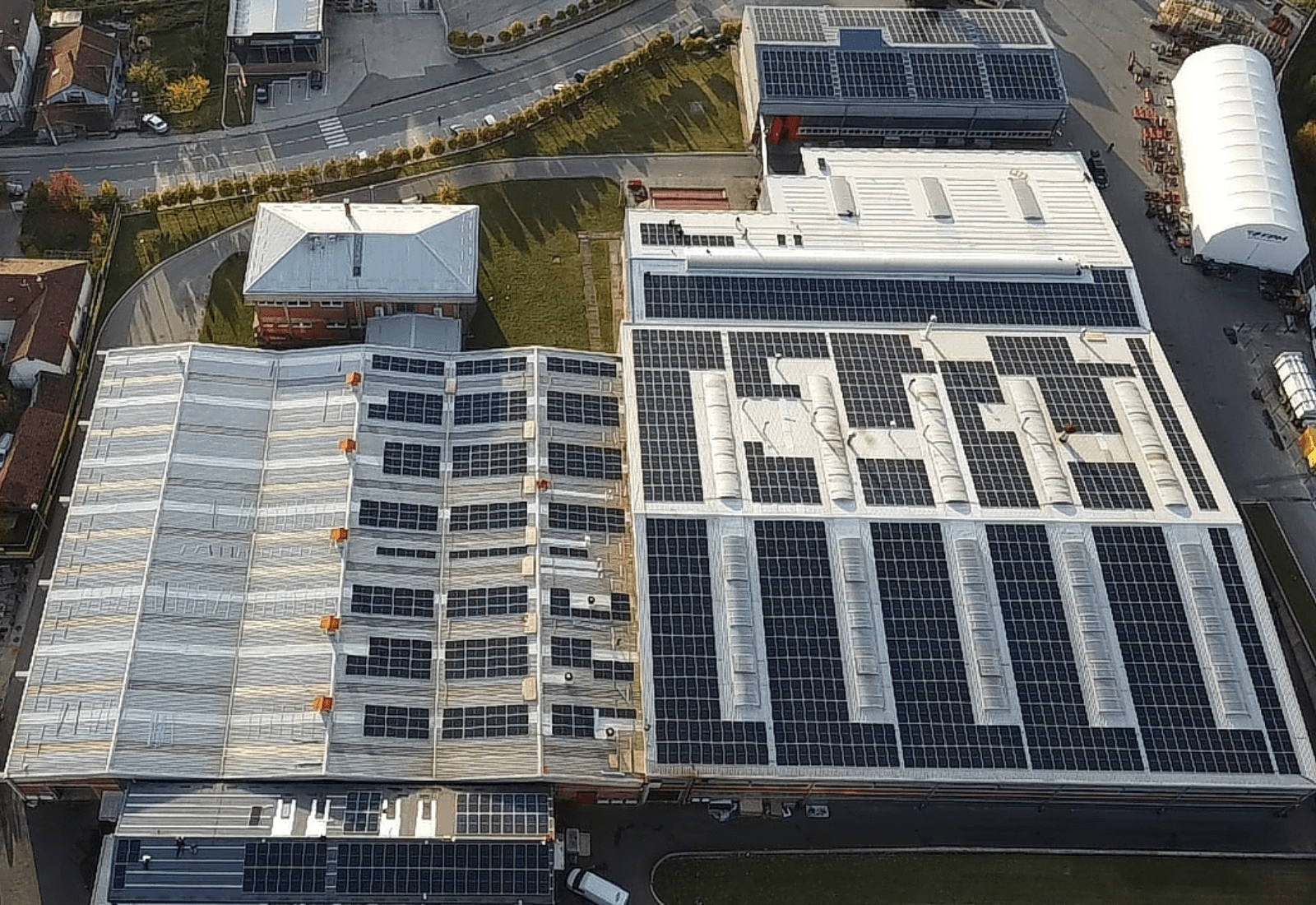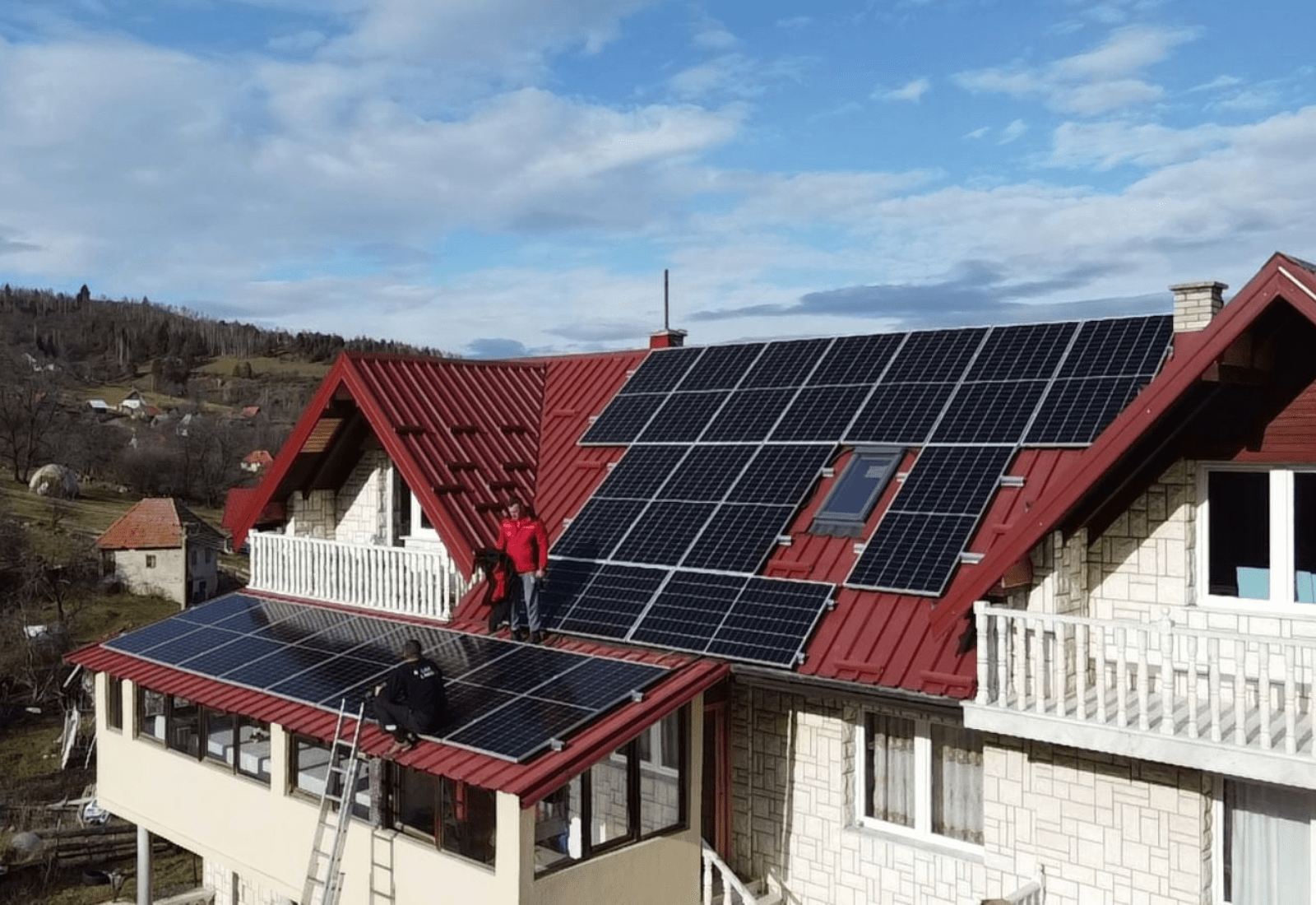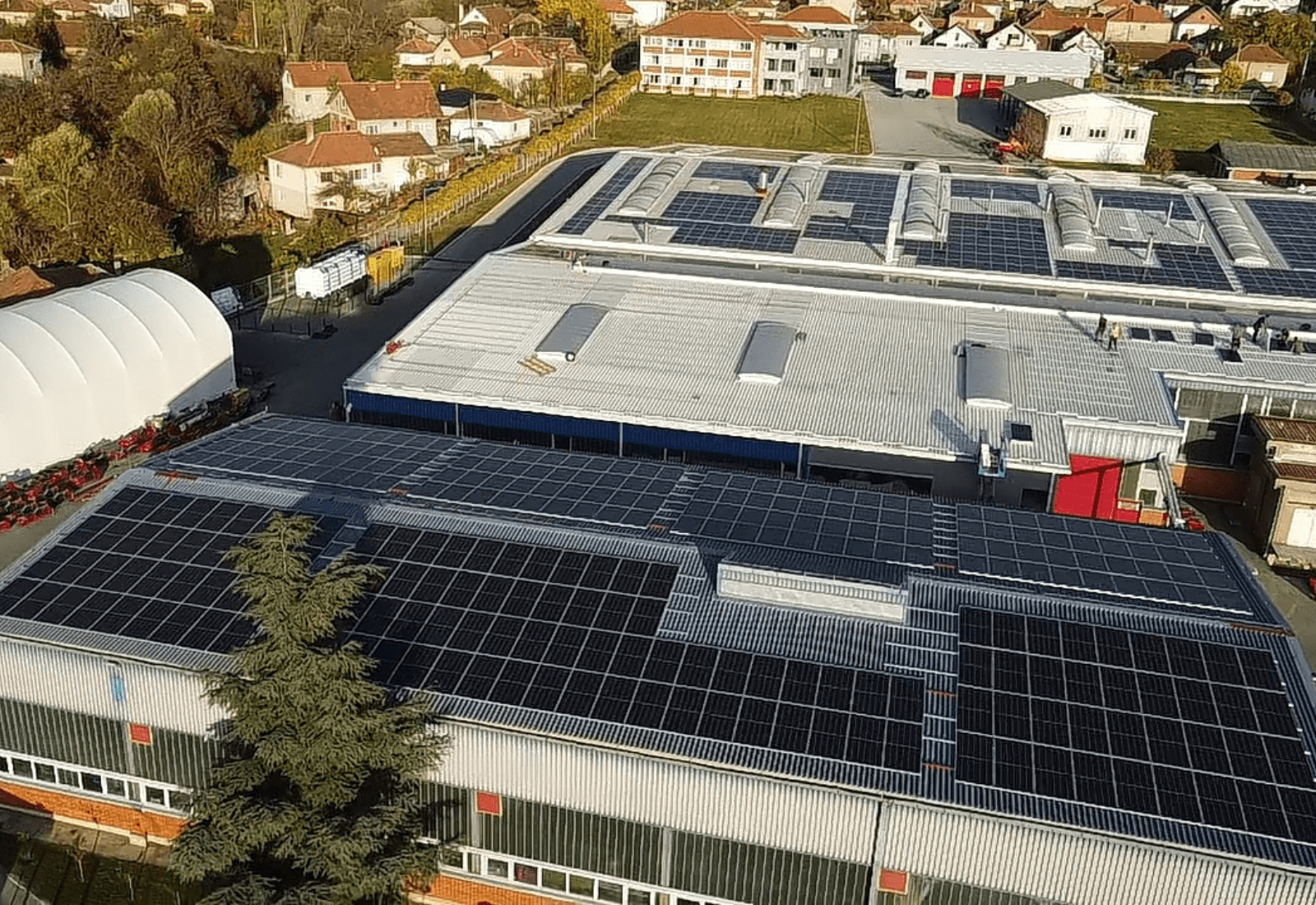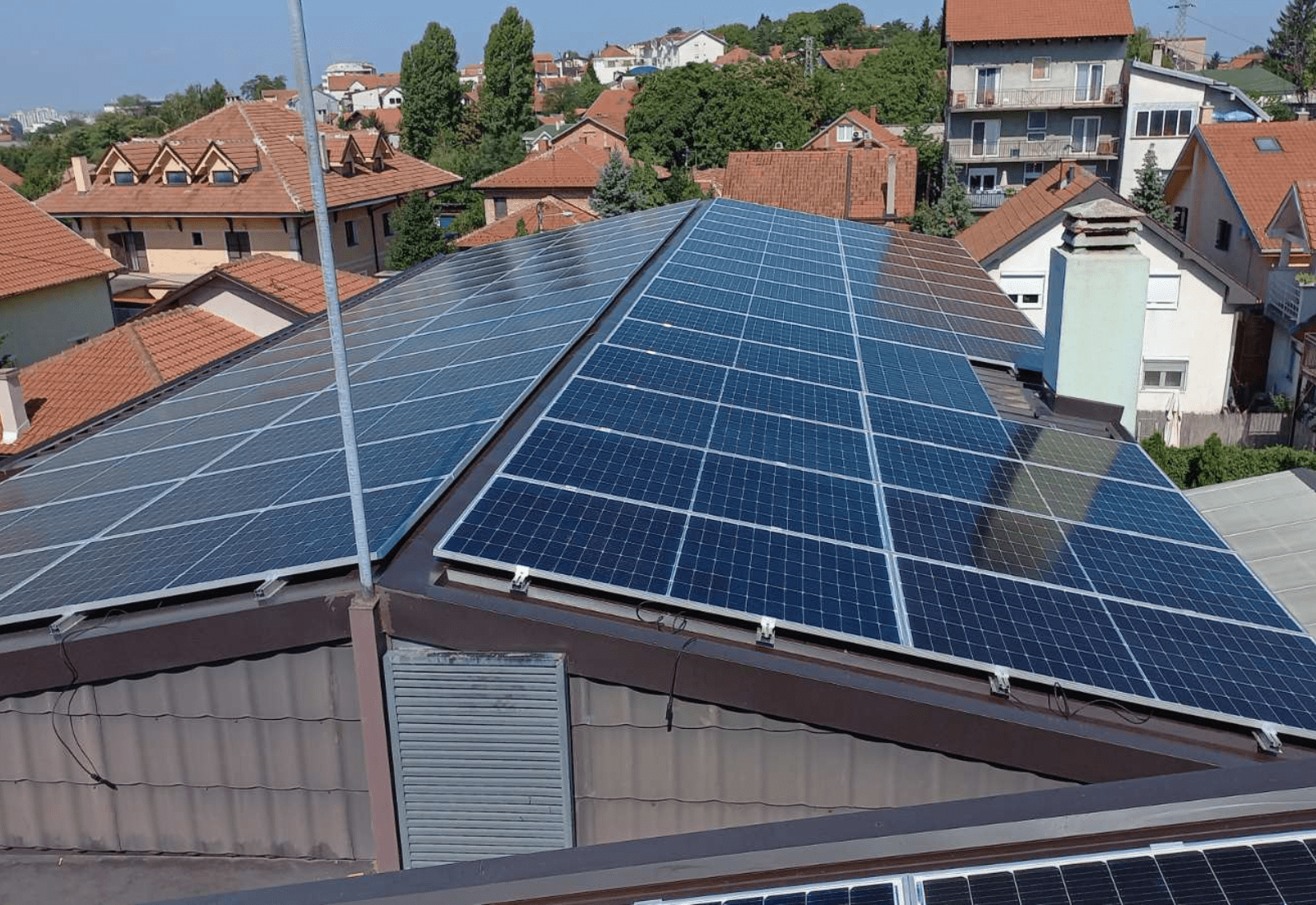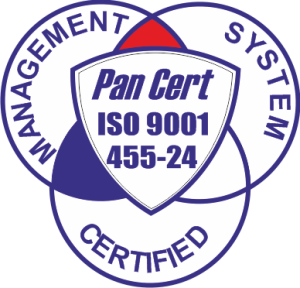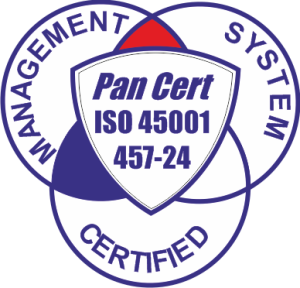
On grid solar systems
On-Grid or grid-tied solar systems (solar power plants) are by far the most common systems installed in households and businesses for various purposes. These systems do not require batteries and exclusively use solar grid inverters, connected through the building’s electrical system to the distribution system of electrical energy (DSEE). Solar power plants primarily generate energy for their own use, and any surplus is fed into the distribution system of electrical energy, stored, and transferred from month to month, allowing you to use it when solar panel production is not available.

Profitability of On-Grid Solar Systems
solar energySuch solar systems are extremely cost-effective and contribute to reducing electricity bills. If your installed solar system generates more energy than you need, according to the new Renewable Energy Sources (RES) law, we have the option to feed that surplus into the grid. This way, you can build up a reserve of electrical energy for times when you need it, such as during the winter months. For instance, if you have a solar system producing 2000 kWh monthly and only consume 1000 kWh in a given month, the excess electrical energy is stored in the grid and can be utilized in subsequent months, including the winter period.
Advantages of On-Grid Solar Systems
On-grid solar systems have significant advantages post-installation, and our customers have seen a return on investment within a period of 5 to 9 years, depending on the size of the solar system they have installed. Some additional benefits of these solar systems include:
Reduced electricity bills
With the installed on-grid solar system, the consumer only has to pay for the difference between the produced and consumed electrical energy, ensuring a significant reduction in the monthly generated bill. A large number of our customers have managed to reduce their monthly electricity bills by up to 90%. In times of economic and global energy crises, investing in on-grid solar systems could quickly pay off, and by implementing such a system, you can contribute to preserving the environment and the health of your loved ones.
Easy maintenance
In a grid-tied system, there is no need for the storage of electrical energy (batteries) for the solar system to function, making the maintenance of such a system very straightforward.
Greater return on investment
Grid-tied solar systems are more cost-effective compared to other types of solar systems due to the absence of batteries. Additionally, they generate the highest amount of electrical energy compared to other types of solar systems. Minimal maintenance and reduced monthly electricity bills ensure a return on investment of up to 25 - 30%. With these benefits, grid-tied solar systems are most suitable for users with a stable power supply and minimal disruptions. In addition to households, educational institutions, industrial units, and commercial establishments also install grid-tied solar systems due to their high cost-effectiveness.
The Most Common On-Grid Solar Systems for Homes?
The most common on-grid solar systems for household needs in 2022 were:
5 kW On-Grid Solar System
10 kW On-Grid Solar System
Based on data analysis and the electrical energy required for your needs, our experienced engineers will recommend the best solar system for your household and solar power plant.


